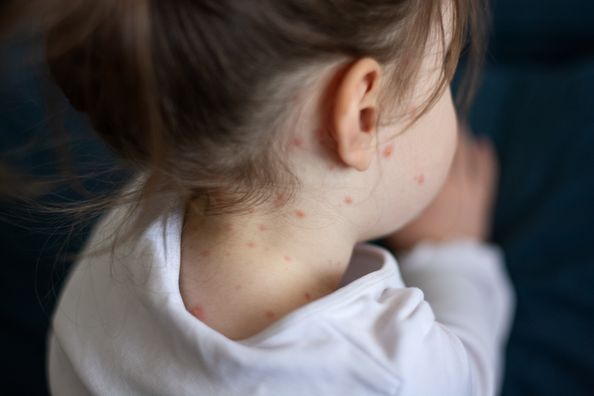Sores in and around the mouth can be a source of embarrassment for many people. However not all sores are the same. Primarily there are three different types of sores that can occur in the mouth; canker sores, cold sores and oral cancer lesions. Understanding the difference between these three types can help you make wise decisions and stay healthy.
Canker Sores
Roughly 80 percent of the US population, between the ages of 10 – 20, gets canker sores. Canker sores, also called aphthous ulcers, are typically small, shallow bubble-like ulcers inside the mouth – either on the inside of the lip, cheeks or tongue. While these symmetrical sores hurt after they open up, they are not contagious and generally heal in five to ten days on their own. There are many lifestyle changes that you can make to aid in healing, such as eating soft food or soups, drinking cold liquids, rinsing with salt water or over-the-counter medications. Canker sores are different than cold sores.
Cold Sores
Cold sores generally appear on the outside of the mouth around the lips. They can occur in other areas of the mouth, but that is rare. They look like fluid-filled blisters, but will eventually open, crust over and dry up. These “fever blisters” are caused by herpes simplex virus – type 1 (HSV‑1) once it becomes active and can be contagious. Cold sores can spread via kissing or through something simple like sharing a glass of water. This virus can be transmitted to others even when no blisters are visible. Treatment consists of an antiviral ointment.
Oral Cancer Lesion
Oral cancer lesions – in their early stage – could mimic the look of an open canker sore anywhere inside the mouth and throat or be a discolored lump on the edge of your lip. Generally these do not heal or go away. Cancer cells may stay in a concentrated spot for a while, but will eventually spread more aggressively. It’s important to have the spot checked out sooner rather than later by your primary care physician, dentist or otolaryngologist. Normally your dentist or hygienist will do an oral cancer check (as well as examine your neck and throat) at your bi-annual dental cleanings/check-ups, which is why it is important to stick to a routine schedule.
HPV & Cancer
Oral/throat cancers are uncommon, but on the rise. In the past, oral cancer was thought to be caused by tobacco use and alcohol. However, research has recently found a new culprit that is leading to rising rates: human papilloma virus (HPV) strains 16 and 18, which account for up to 30 percent of all oropharyngeal (tonsils, base of tongue and back of throat) cancer cases. This sexually transmitted disease can be passed by both men and woman primarily through oral sex. You can proactively fight this disease by getting the HPV vaccine which prevents this infection. HPV vaccine is only effective in people who do not yet have the disease and is recommended for males and females between the age of 9 – 26.
If you find a sore in your mouth, and it doesn’t heal after two weeks, schedule an appointment with your primary care provider.
Health Topics:







